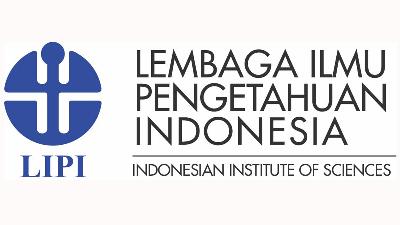The Lean Government Development on Public Services over Publishing Letter Police Record at State Police Office, Indonesian Republic
Abstract
Keywords
Full Text:
PDFReferences
. Arfmann, D., & Barbe, G. T. (2014). The Value of Lean in the Service Sector : A Critique of Theory & Practice. International Journal of Business and Social Science, 5(2), 18–25.
. Bowen, D. E., & Youngdahl, W. E. (1998). “Lean” Service: In Defense of a Production-line Approach. International Journal of Service Industry Management, 9(3), 207–225.
. Chen, J. C., & Cox, R. A. (2012). Value Stream Management for Lean Office—A Case Study. American Journal of Industrial and Business Management, 02(02), 17–29. https://doi.org/10.4236/ajibm.2012.22004
. Gupta, S., Sharma, M., & Sunder M, V. (2016). Lean services: a systematic review. International Journal of Productivity and Performance Management, 65(8), 1025–1056. https://doi.org/10.1108/IJPPM-02-2015-0032
. Kumar, S., & Bauer, K. F. (2010). Exploring the Use of Lean Thinking and Six Sigma in Public Housing Authorities. Quality Management Journal, 17(1), 29–46. https://doi.org/10.1080/10686967.2010.11918259
. Maleyeff, J. (2014). Sustaining Public Sector Lean Six Sigma : Perspectives from North America. Management and Organozational Studies, 1(2), 92–99. https://doi.org/10.5430/mos.v1n2p92
. Nadeau, S. (2017). Lean , Six Sigma and Lean Six Sigma in Higher Education : A Review of Experiences around the World. American Journal of Industrial and Business Management, 7, 591–603. https://doi.org/10.4236/ajibm.2017.75044
. Ohno, T. (1988). Toyota Production System: Beyond Large-Scale Production.
. Radnor, Z. (2010). Transferring Lean into Government Transferring Lean into Government. Journal of Manufacturing Technology Management, 21(3), 411–428. https://doi.org/10.1108/17410381011024368
. Spagnol, G. S., Min, L. L., & Newbold, D. (2013). Lean principles in Healthcare : an overview of challenges and improvements. IFAC Proceedings Volumes, 46(24), 229–234. https://doi.org/10.3182/20130911-3-BR-3021.00035
. Suárez-Barraza, M. F., & Ramis-Pujol, J. (2010). Implementation of Lean-Kaizen in the human resource service process: A case study in a Mexican public service organisation. Journal of Manufacturing Technology Management,21(3), 388–410. https://doi.org/10.1108/17410381011024359
. Sunaryanto, K., Yanuar, T., & Syah, R. (2019). Application of Lean Thinking Development : Case Study over Badan Pendapatan Daerah ( BAPENDA ), South Tangerang Based on Lean Government. 20–26.
. Womack, J. P., & Jones, D. T. (1997). Lean Thinking : Banish Waste and Create Wealth in Your Corporation. Journal of the Operational Research Society. https://doi.org/10.1057/palgrave.jors.2600967
Refbacks
- There are currently no refbacks.

This work is licensed under a Creative Commons Attribution 3.0 License.
Supported by :


 Indexed by :
Indexed by :




